Caprock Design + Build Blogs
Buildwise Journal
Caprock Design + Build Blogs
Buildwise Journal

New Innovations in Sustainable Construction That Every Homebuilder Should Try
Welcome to the second week of our exploration into industry trends and innovations. This week, our focus turns to the very foundation of high-performance home building—sustainable construction.
In the past, sustainability was often associated with big building companies and high prices. But today, families can more easily incorporate sustainability into their home, making a positive impact on the environment while saving substantial amounts on their energy costs in the long run.
What steps should you take to make your home construction sustainable? In this article, we explore simple ways homebuilders can create greener homes, as well as the advancements and practices that are shaping the way we build homes for a healthier planet.

What Is Sustainable Construction?
Sustainable construction is more than a trend; it's a commitment to building homes that harmonize with the environment. Sustainable construction involves using recycled, renewable, green materials to build projects that minimize energy consumption and waste. In other words, sustainable construction is all about creating zero-energy homes.
Zero-energy homes represent the pinnacle of sustainable construction. These homes generate as much energy as they consume, often incorporating renewable energy sources like solar panels and geothermal systems. Other elements used in zero-energy homes include energy-efficient appliances, high-performance HRV systems, and smart home automation.
Zero-energy homes are becoming more attainable and integral to the future of sustainable living. When you look at their top benefits, it’s easy to see why. These homes:
Optimize energy use: Using smart design, zero-energy homes eliminate energy waste by taking advantage of natural light, insulation, and thermal regulation. This means lower lighting, heating, and cooling costs.
Improve indoor air quality: Zero-energy homes focus on creating well-ventilated spaces for fresh-air circulation, which cuts down on allergens and pollutants that can negatively impact your health and quality of life.
Keep the home quiet: Because zero-energy homes require thick, well-insulated walls, sound insulation is a major benefit. These spaces are quiet and relaxing, allowing homeowners to enjoy life without worrying about disturbing other family members or the neighbors.
Adapt as families grow and change: With zero-energy homes, it’s easy to add more modules or adjust existing modules to fit new energy usage. This can allow families to stay in the home longer.
Make the most out of limited spaces: Zero-energy homes prioritize strategic space planning, allowing homeowners to optimize every inch of their home, even in homes with limited areas.
Creating zero-energy homes used to be a pipe dream. But thanks to new advancements in construction and technology, builders can now take simple steps to transform traditional family homes into zero-energy homes.

Recent Innovations in Sustainable Home Construction Materials
The future of sustainable construction relies on a new generation of materials that prioritize both durability and environmental responsibility. Explore some of these cutting-edge materials that are transforming the industry:
1. Carbon-Sequestering Concrete
Traditional concrete production is a major contributor to carbon emissions. Carbon-sequestering concrete, on the other hand, actively absorbs and traps CO2 during its curing process, offsetting its initial carbon footprint.
Not only is this innovation revolutionizing the way we approach foundational materials, but it’s also improving building durability. Transforming CO2 into solid carbonates can improve the strength of the concrete. Buildings then may need less concrete, reducing the amount of released emissions.
2. Mass Timber Construction
Traditional construction materials contribute significantly to carbon emissions. Mass timber, with its renewable and low carbon footprint, emerges as a sustainable alternative. Mass timber construction methods are gaining popularity, primarily for their cost-saving benefits.
Because mass timber columns, beams, and panels weigh one-fifth of traditional steel and concrete materials, builders are able to save on shipping costs and can do more with a smaller crew. You can save time on installation by using prefabricated panels. According to research, wood has even been shown to reduce stress levels and boost overall health.

3. Recycled and Upcycled Building Components
Embrace the concept of circular construction by incorporating recycled and upcycled building components. From reclaimed wood to recycled metal, there are a variety of materials available to contribute to a sustainable building ecosystem.
Using green materials can seem like a costly investment. However, in many cases, it’s the opposite. Recycled materials can save you money in terms of raw material acquisition and waste disposal. Recycled aggregates are often just as durable as traditional materials, so you don’t have to sacrifice quality to invest in green building.
4. Green Roofs
The integration of green roofs and living walls is reshaping the aesthetics and functionality of sustainable homes. Green roofs are traditional roofs covered with a waterproofing membrane, soil, and plants.
These roofs provide a new habitat for plants and animals while enhancing the home’s beauty. But green roofs are not only visually appealing. They also offer insulation, stormwater management, and biodiversity benefits. According to the GSA, green roofs can reduce the flow of stormwater by up to 65% and delay drainwater flow rate by up to 3 hours.

5. Living Walls
Living walls, covered in vegetation, bring nature into the heart of urban living. These vertical gardens improve air quality, regulate temperature, and create a soothing ambiance within homes.
Living walls can be both interior or exterior. Indoor living walls spice up a home’s design, while exterior living walls can purify the air around your home. Both forms decrease noise, making them perfect for a home office backdrop or a brick house on a busy street.
How Smart Technology Allows for More Comfortable, Sustainable Living
The future of sustainable construction embraces smart technologies that optimize resource usage and enhance overall efficiency.

Smart Home Energy Management
Smart energy management systems help homeowners monitor and control their energy consumption. These systems contribute to the overall efficiency of sustainable homes by ensuring resources are used judiciously.
Smart energy management simplifies energy consumption by:
Making smart devices operate on the family’s schedule
Providing energy-saving suggestions based on energy usage
Automatically controlling smart devices throughout the home
Advanced Water Management Systems
In the face of water scarcity concerns, advanced water management systems are becoming indispensable. From rainwater harvesting to greywater recycling, sustainable construction integrates smart water solutions for a more responsible use of this precious resource.

Build Sustainably Today for a Better Tomorrow
As we navigate the future of sustainable construction, it's clear that the building industry is on a trajectory toward greener, more responsible practices. From innovative materials to smart technologies, the future of high-performance home building is one where homes not only provide comfort and security but also contribute positively to the environment.
Join us next week as we delve into the ever-evolving landscape of regulatory changes in the building industry, exploring how adapting to these changes is fundamental to shaping the homes of tomorrow.
And if you live in the Texas Panhandle region and want to create your own green, sustainable home, reach out to Caprock Design + Build. Our team is dedicated to creating high-quality, high-performance homes that reflect your family’s lifestyle and preferences while simultaneously preserving the community we love.

